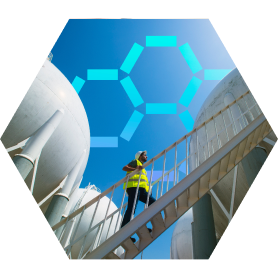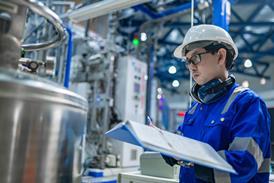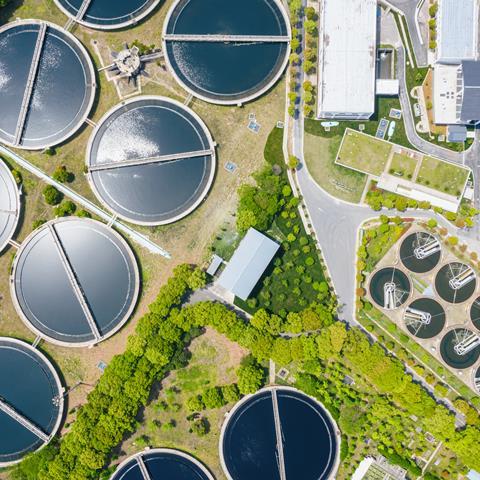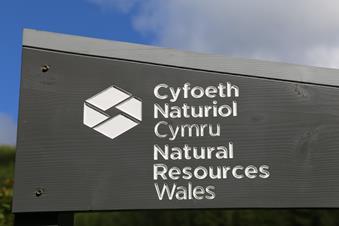The UK has been at the forefront of environmental permitting for decades and has strongly influenced the development of EU policies based on Best Available Techniques (BAT) due to our longstanding and sophisticated approach.
Background
The UK has been at the forefront of environmental permitting for decades and has strongly influenced the development of EU policies based on Best Available Techniques (BAT) due to our longstanding and sophisticated approach. For example, the UK chemical sector reduced emissions to air by an average of 87% between 1990-2019, across the five main National Emissions Ceilings pollutants.1 The latest EU iteration, the Industrial Emissions Directive, relies on periodically updating requirements (Best Available Tech niques conclusions – BATc). The UK is no longer formally part of the EU process and is therefore seeking to establish a new process whereby industry, regulators, environmental NGOs, and governments come togeth er to exchange technical information and determine new BAT-based requirements for industry. Updates to permits based on BAT can require £10’s of millions in capital expenditure at a single manufacturing site through retrofitting and investing in modifications.
Current Status
Robust environmental permits remain in place across the UK chemical and pharmaceutical industry, ensuring a strong level of protection. Due to the diversity of chemistry-based manufacturing, a subsector approach is adopted to updating requirements. Currently under development at EU level, which the UK has been involved with, is the ‘CommonWaste GasTreatment in the Chemical Sector’ (WGC) BREF – a document containing new requirements expected to be published in 2022. This is expected to be one of the first EU BREFs to be considered through the new UK BAT process. Due to the substantial investments expected and the significant preparations needed, the sector urges for clarity as soon as possible on the future UK BAT process and the approach to the EU WGC BREF as soon as possible. Furthermore, we believe the following three-point approach is fundamental for a successful future UKBAT process.
1. A strategic approach to regulating industrial emissions:
- Minimise divergence within and collaborate across the UK – manufacturing sites can and do move. This may be through diverting investments or by making use of new or existing assets to assume a greater share of production to a different legal jurisdiction.
- Preserve domestic and international competitiveness – seeking to improve where possible. This can be achieved at the same time as reaching better environmental outcomes through more effective, risk-based and pragmatic regulation.
- Avoid duplication with other policy instruments – BAT-based requirements need to consider the environment as a whole and not detract from the objectives of other requirements. Aspects like chemical products, climate and the circular economy are governed by existing policy instruments (e.g. UK REACH, UK ETS, waste legislation, etc).
2. Building on UK resource and expertise:
- Ensure sufficient resource (time and expertise) is available within government and regulators – Defining BAT appropriately requires deep knowledge of engineering and industrial processes to achieve effective outcomes. Recruitment and retainment of sufficiently skilled resource as well as appropriate funding and allocation will be essential.
- Protect the environment holistically – this means that regulators need to be sufficiently skilled and empowered to take decisions that recognise the role of chemical engineering, trade-offs such as cross-media effects, the level of actual environmental risk, and the practicality of various options for improvement.
- Establish stability, predictability and transparency as fundamental principles – the environment managers and site directors working in our member companies are already approving spending and other decisions in the face of continuing and significant uncertainty regarding future requirements. Updates to environmental permits often result in significant economic costs. Clarity is needed urgently to enable long-term strategic resource planning in view of chemical sector BATs, such as the UK’s approach to the EU WGC BREF.
3. An effective and efficient process:
- Develop permit requirements that are site-specific and deliver the best options for the environment – recognising the substantial complexity of chemical and pharmaceutical manufacturing processes, the integration of various activities at a given site, and the variance in local environmental conditions.
- Adapt to reduced access to the EU BREF process – in many cases data will be less available and given the diversity of the chemical industry, for some subsectors and processes there may only be a single UK operation. Those situations must be handled carefully to protect commercially sensitive information and promote the exchange of technical information.
- Create appropriate requirements for UK industry and the UK environment – to ensure that the UK’s industrial composition, varying characteristics and geography are accounted for to optimise performance and minimise impacts. The capacity to materially diverge from other regimes is crucial to tailoring requirements to the needs of the UK.

CIA Best Available Technique
The UK is no longer formally part of the EU process and is therefore seeking to establish a new process whereby industry, regulators, environmental NGOs, and governments come togeth er to exchange technical information and determine new BAT-based requirements for industry. Updates to permits based on BAT can require £10’s of millions in capital expenditure at a single manufacturing site through retrofitting and investing in modifications.
DOWNLOAD




















